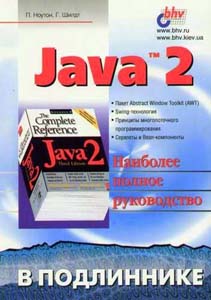
Аннотация
Over the last half decade, the tools available to web developers have grown by leaps and bounds. As technologists continue to push the limits of what web applications can do for users everywhere, we’ve had to upgrade our toolkit and create frameworks that let us build better applications. We would like to be able to use new toolkits that make it easier for us to write clean and maintainable code that scales efficiently when deployed to users all across the globe.
This brings us to talking about Tornado, a fantastic choice for writing powerful web applications that are simple to create, extend, and deploy. The three of us had all fallen in love with Tornado for its speed, simplicity, and scalability, and after trying it out on a few personal projects, we’ve put it to work in our day jobs. We’ve seen it increase developer speed (and happiness!) on projects large and small, and at the same time have been impressed time and again by its robustness and lightweight footprint.
This book is meant to be an overview of the Tornado web server, and will walk readers through the basics of the framework, some sample applications, and best practices for use in the real world. We’ll use examples to detail how Tornado works, what you can do with it, and what you’d be best avoiding as you build your first applications with it.
In this book, we’ll be assuming that you have at least a rough understanding of Python, a sense of how web services work, and a basic familiarity with databases. For more on any of those, there are some great books to consult (including Learning Python, Restful Web Services, and MongoDB: The Definitive Guide).
And so you can follow along, the code for the examples in this book is available on Github. If you have any thoughts on these samples or anything else, we’d love to hear from you there.
So, without further ado, let’s dive in!





Комментарии к книге "Introduction to Tornado"